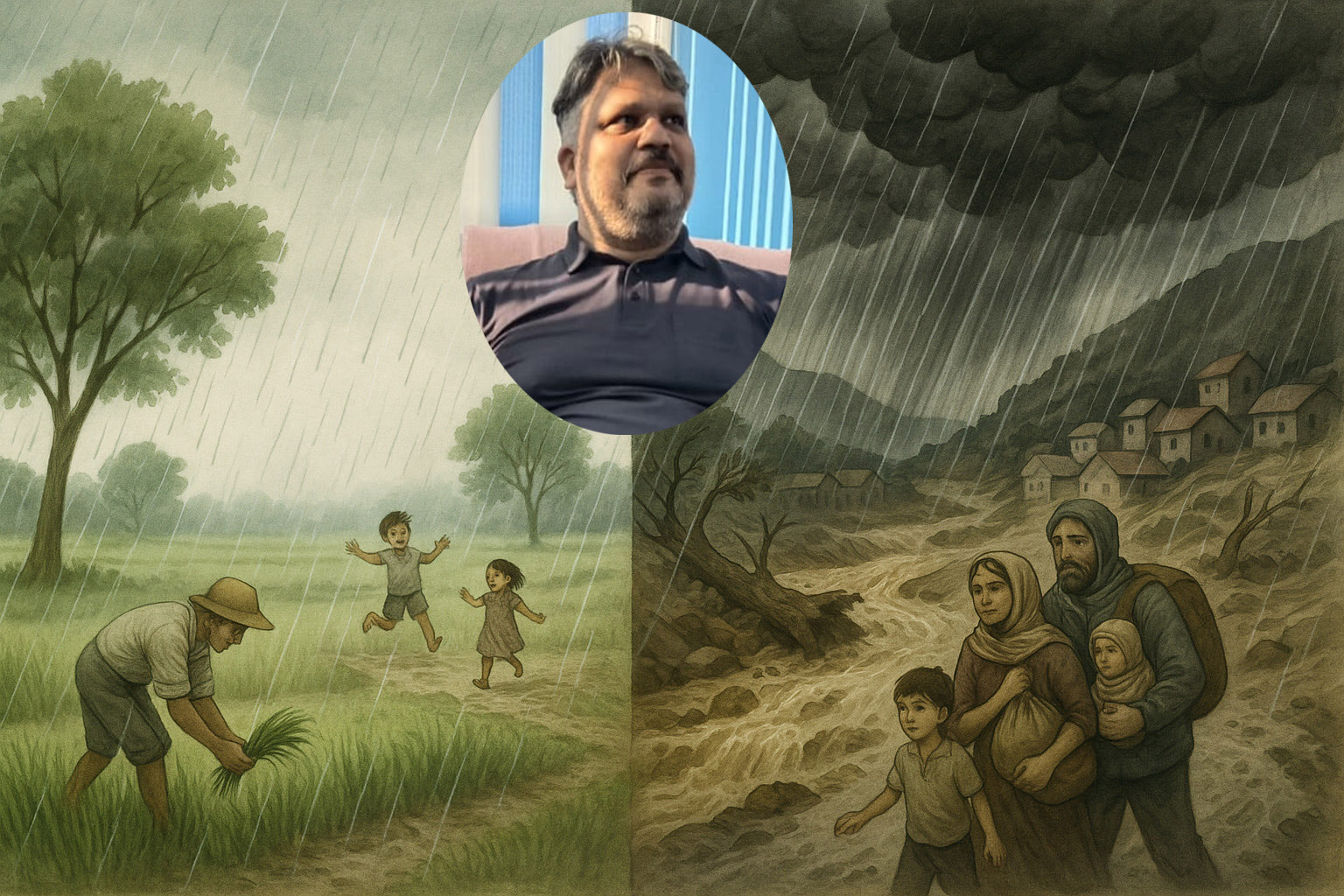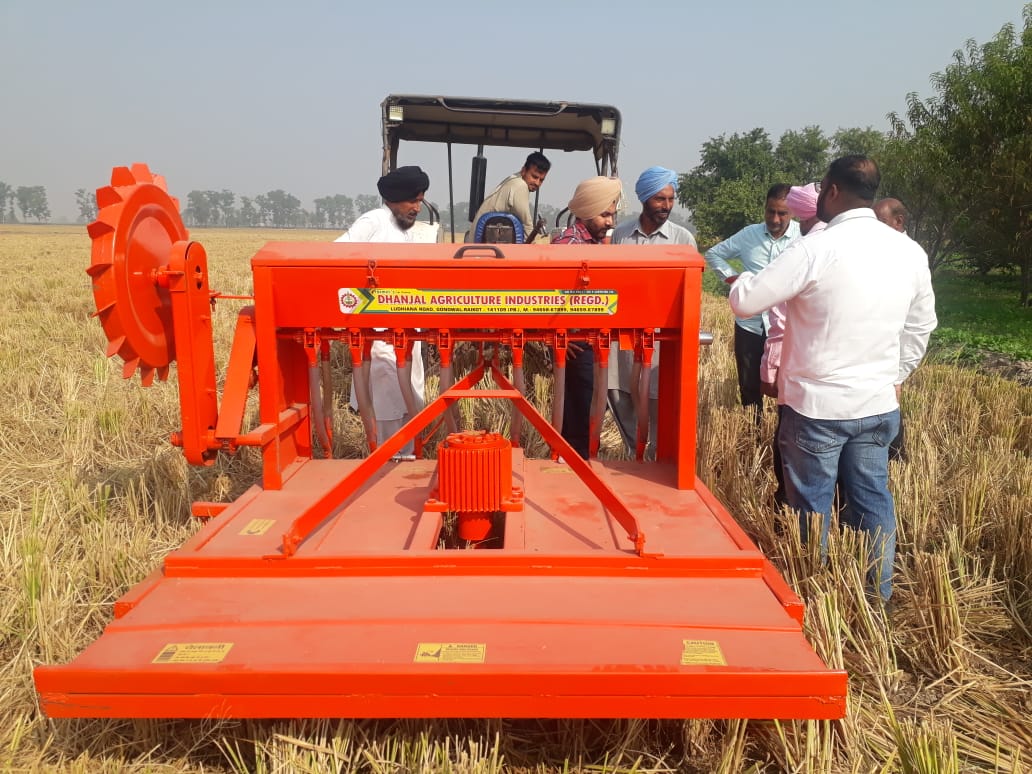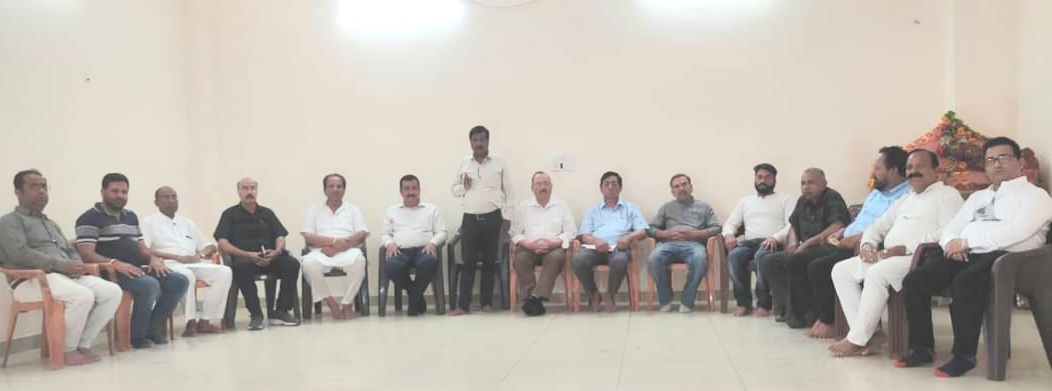
Governments’ Tourism, Destruction of Mountains
Sometimes it feels like winter in April, and sometimes it rains in June. Sometimes there’s no rain for months, and sometimes clouds burst with such force. The weather has now deviated from its traditional cycle. In recent years, we’ve been witnessing cloudbursts that destroy homes, block roads, and claim lives. These dangerous events are becoming more frequent.
Sometimes it feels like winter in April, and sometimes it rains in June. Sometimes there’s no rain for months, and sometimes clouds burst with such force. The weather has now deviated from its traditional cycle. In recent years, we’ve been witnessing cloudbursts that destroy homes, block roads, and claim lives. These dangerous events are becoming more frequent.
A cloudburst is not just heavy rain. It pours an amount of water in a small area within an hour that would typically fall over an entire month. The result is landslides and massive destruction. These disasters strike without warning and leave behind devastation that takes weeks or months to repair. People are often unprepared, and new weather systems sometimes fail to respond in time.
Governments, in their pursuit of promoting tourism, have built concrete fortresses on the fragile peaks of mountains. Every time we pass through Manali or any other Himachali highway, every other vehicle seems to be carrying sand, gravel, or iron. Such development becomes a source of trouble for local people. While tourism may be increasing, people’s homes, fields, and resources are being wiped out by cloudbursts. This is not just a natural disaster; it is the horrific consequence of materialistic policies.
Forests, which prevent soil erosion, have been cut down. In cities, cement has replaced soil. Now, rainwater flows rapidly, finding no natural path to slow it down. Human activities have altered the environment. Building houses in flood-prone plains or on mountain slopes, diverting river paths, and obstructing natural water drainage—sometimes these decisions are made with good intentions but without understanding their long-term impacts. When disaster strikes, we blame the weather, but the reckless changes around us also play a significant role.
Yet, solutions are possible. To tackle disasters like cloudbursts, every section of society must work together. First and foremost, every individual needs to be aware, take weather warnings seriously, and keep basic safety plans ready. It’s essential to know whether your home is in a flood-prone area, how to cut off electricity during a disaster, and to always have an emergency kit prepared. Parents can explain weather and disaster preparedness to children in simple language. Small changes like reducing household waste, planting trees, and conserving water improve the environment.
Communities can launch campaigns to clean drains before the rains, schools can teach children safety drills, and neighborhoods can map out vulnerable areas and identify safe routes. Planting local trees strengthens the soil and aids water absorption. Systems can be created to help the elderly or those in need during disasters.
At the state level, robust systems are needed. Governments must emphasize inclusive development. Recognizing water flow patterns and banning construction in sensitive areas is crucial. Enforcing regulations strictly in vulnerable areas is equally important. Warning systems should not only be accurate but also reach people quickly. Forests, housing, and disaster management departments must collaborate to create effective plans.
At the national level, weather policies need to be implemented on the ground. Disaster management teams should be well-trained and capable of rapid response. Plans should not focus solely on responding after a disaster but on anticipating it, educating people, preparing, and thinking long-term.
A cloudburst can strike suddenly, but our response cannot be haphazard. If every part of society—from homes to governments—works with focus and intent, the risks can be reduced. We cannot control the sky, but we can decide how prepared we are. Ultimately, the question is not when nature will strike. The question is whether we will listen to it or not. Will we wait for the next flood, the next loss, the next warning?
The sky will speak again. It’s up to us whether we listen in time or, once again, turn a deaf ear.
-Davinder Kumar














